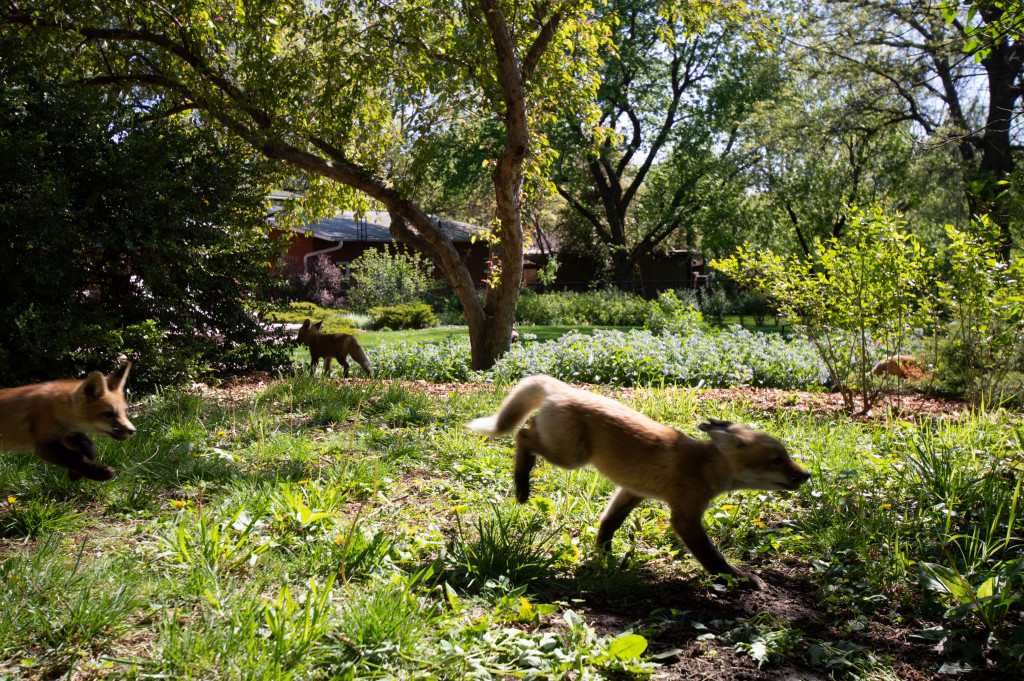
By Monica Macoubrie, Wildlife Education Specialist
When you hear the word “safari,” you probably imagine giraffes stretching their necks above the savanna, elephants dust-bathing underneath an acacia tree, or a lion lounging in the heat. But here in Nebraska, we’ve got a different kind of safari — one that doesn’t require a plane ticket or binoculars the size of your head. It just takes a little curiosity and willingness to look at your surroundings differently.
What Is an Urban Wildlife Safari?
An urban wildlife safari is about exploring the wild spaces woven into our cityscapes. It’s a walk through your own backyard, a slow bike ride along the city trail, or keeping your eyes and ears open during an afternoon at a local park. This kind of safari doesn’t focus on finding the rarest species, it’s about rediscovering the ones that have learned to live right beside us.
Nebraska’s urban areas are teeming with life. From fox squirrels sunning themselves on sidewalks to nighthawks swooping above parking lots at dusk, the wildlife in our cities has adapted in smart and sometimes surprising ways.
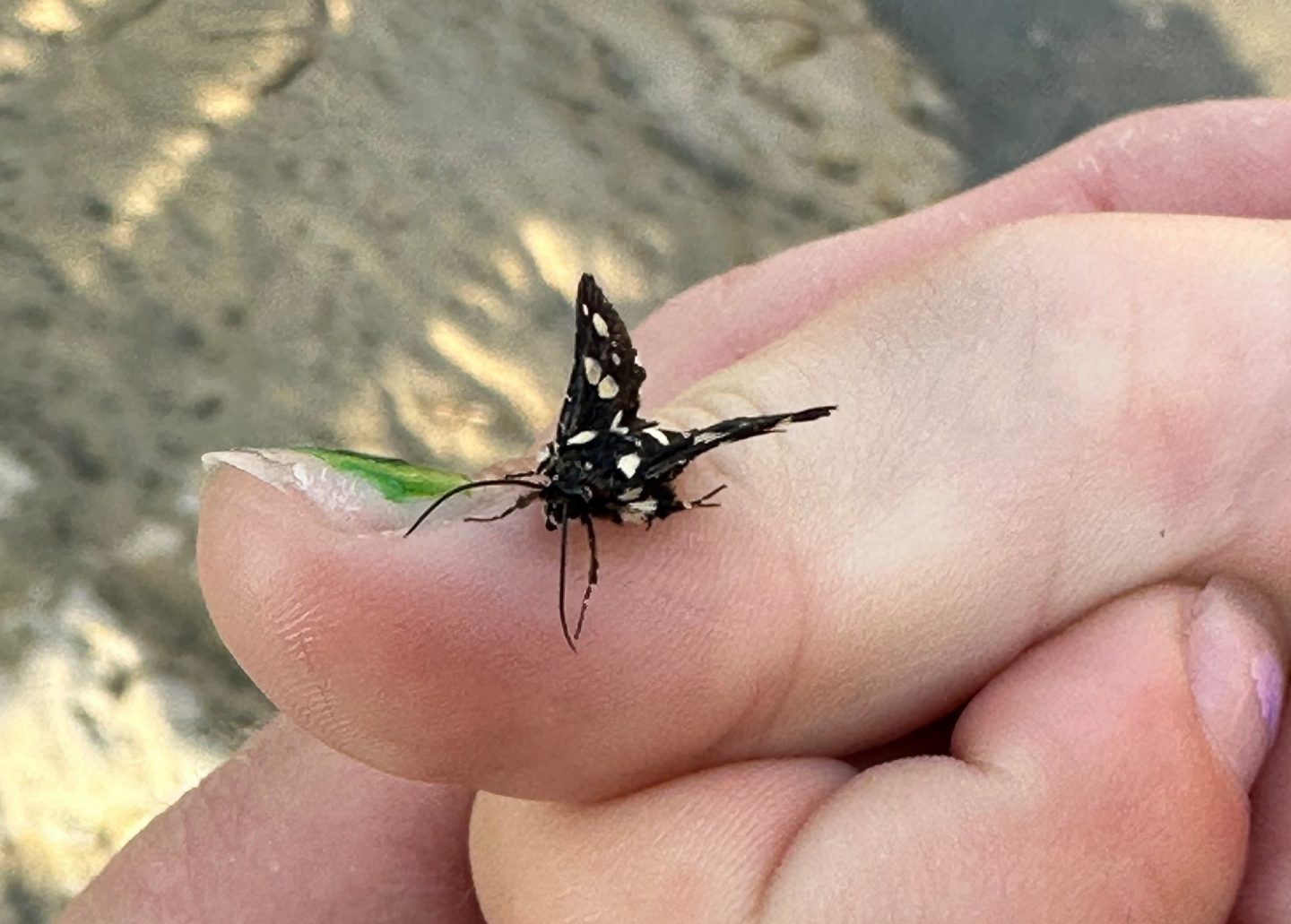
Common Wildlife You Might See
- Eastern cottontail rabbits dart through neighborhood lawns and hide under decks.
- Raccoons investigate trash cans and explore storm drains like a subway system.
- Red foxes trot through alleyways and open lots, especially near green space.
- Opossums, our only native marsupial, help clean up the city by eating insects and carrion.
- Coyotes are more common than most people think. They often move through neighborhoods after dark, mostly unnoticed.
- Birds are everywhere — from the house sparrows nesting under eaves to Cooper’s hawks darting through backyards in pursuit of prey.
- Snakes, including harmless garter snakes and the occasional bullsnake, help control rodent populations even in city limits.
And let’s not forget our invertebrate neighbors. Pollinators such as bumble bees, monarch butterflies and beetles are vital parts of this urban ecosystem, too.
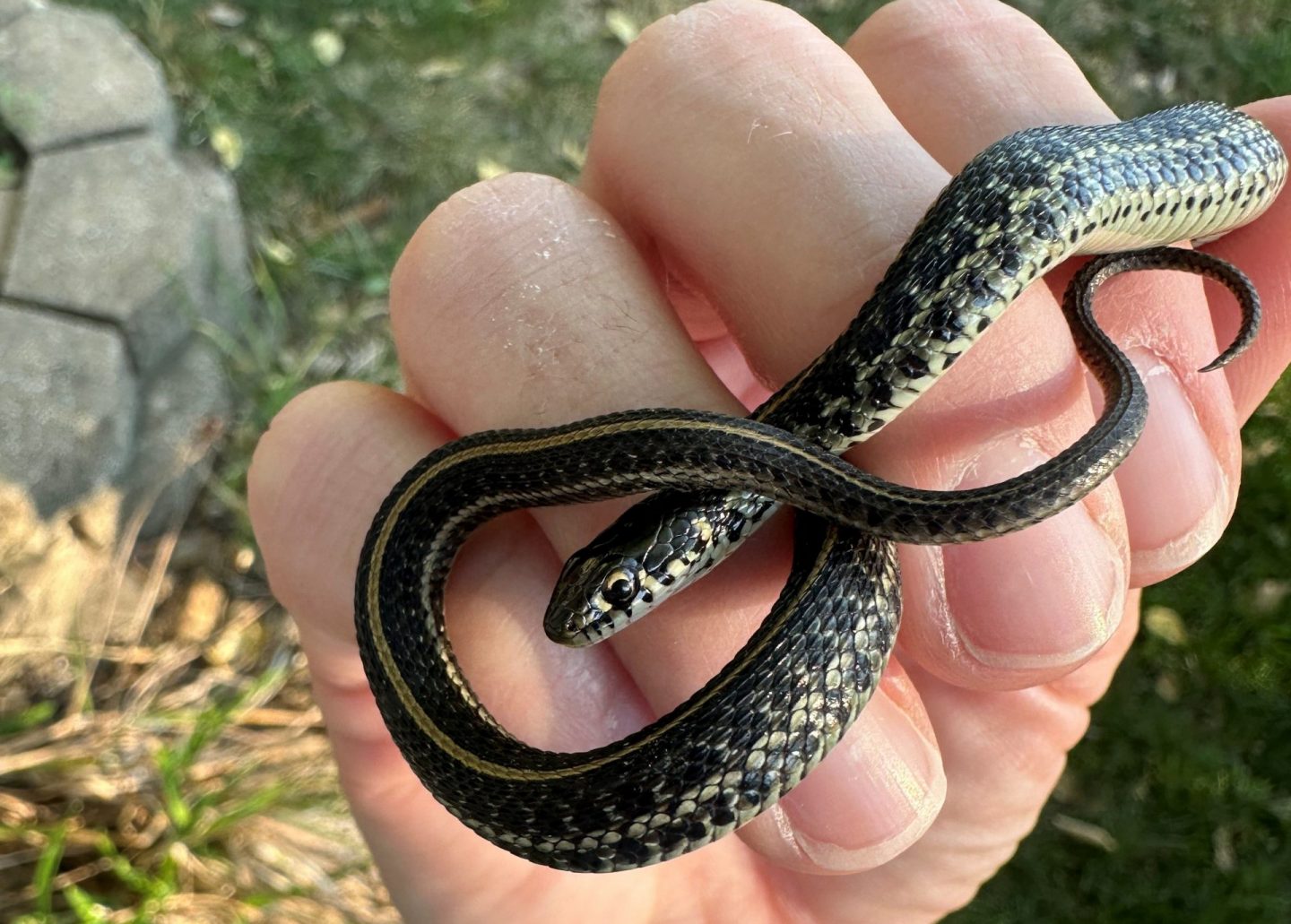
Where the Wild Things Are
Even in the heart of a city, animals find ways to thrive. Old sheds, abandoned lots, city parks, rain gardens, green roofs and even culverts become critical habitat. That row of lilacs behind the grocery store might be a nesting spot for a songbird. A drainage ditch could be hunting grounds for a heron. A patch of prairie grass in the schoolyard might shelter dozens of pollinators.
What we often call “messy”— fallen logs, leaf piles, overgrown corners — are actually rich habitats. Wildlife doesn’t need perfectly manicured lawns; it needs food, water, shelter and safe corridors to move.
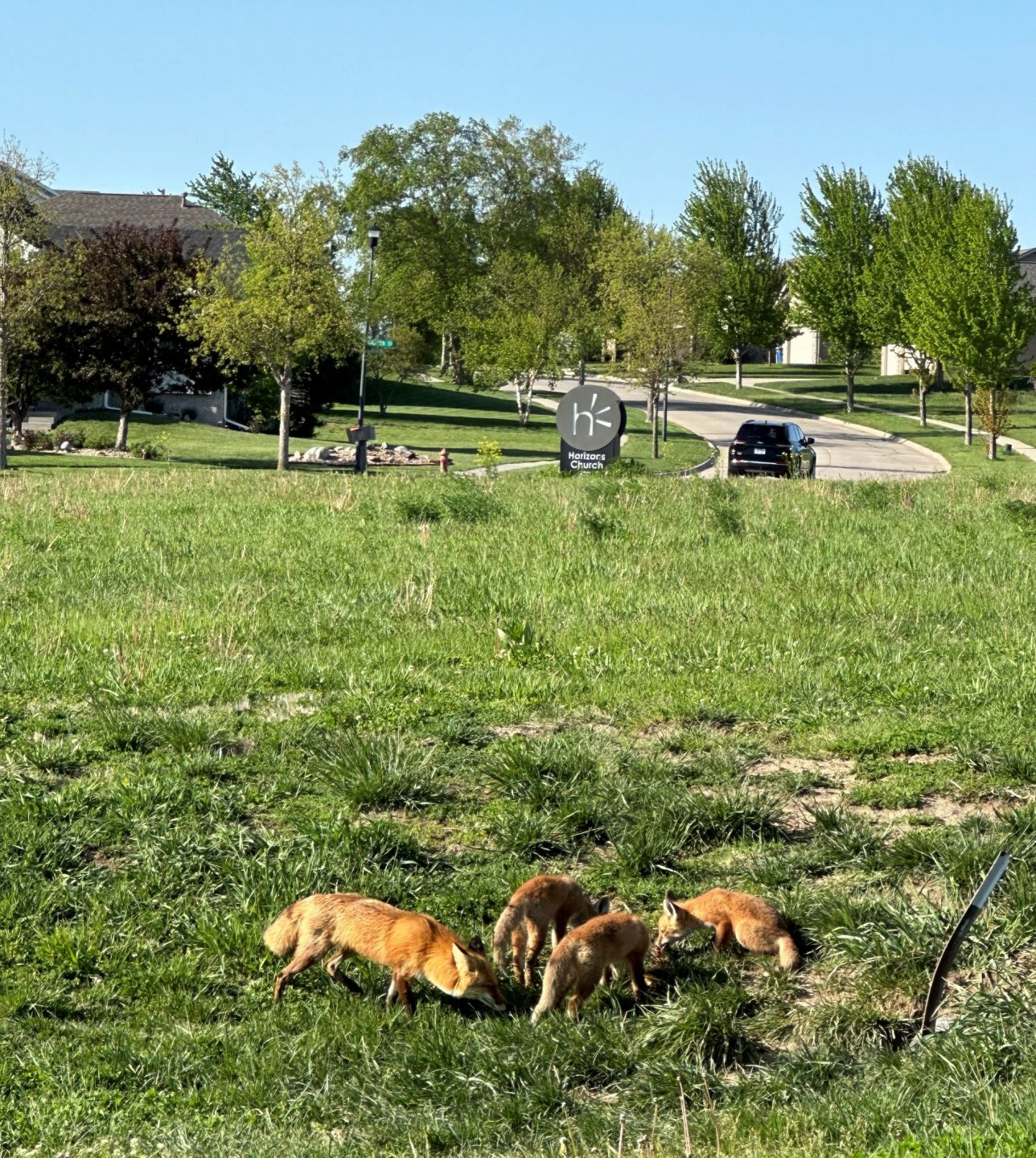
Why Urban Wildlife Matters
Besides being fascinating, urban wildlife is essential. These animals are part of our ecosystem. They help manage insect populations, disperse seeds and connect people to the natural world. Seeing a fox in your neighborhood can spark a lifelong curiosity. Watching a fledgling robin hop across your yard might lead to a conversation about bird migration or habitat loss.
And perhaps most importantly, urban wildlife shows us that nature isn’t something separate from our daily lives. They are part of our neighborhoods, our routines and our responsibility.
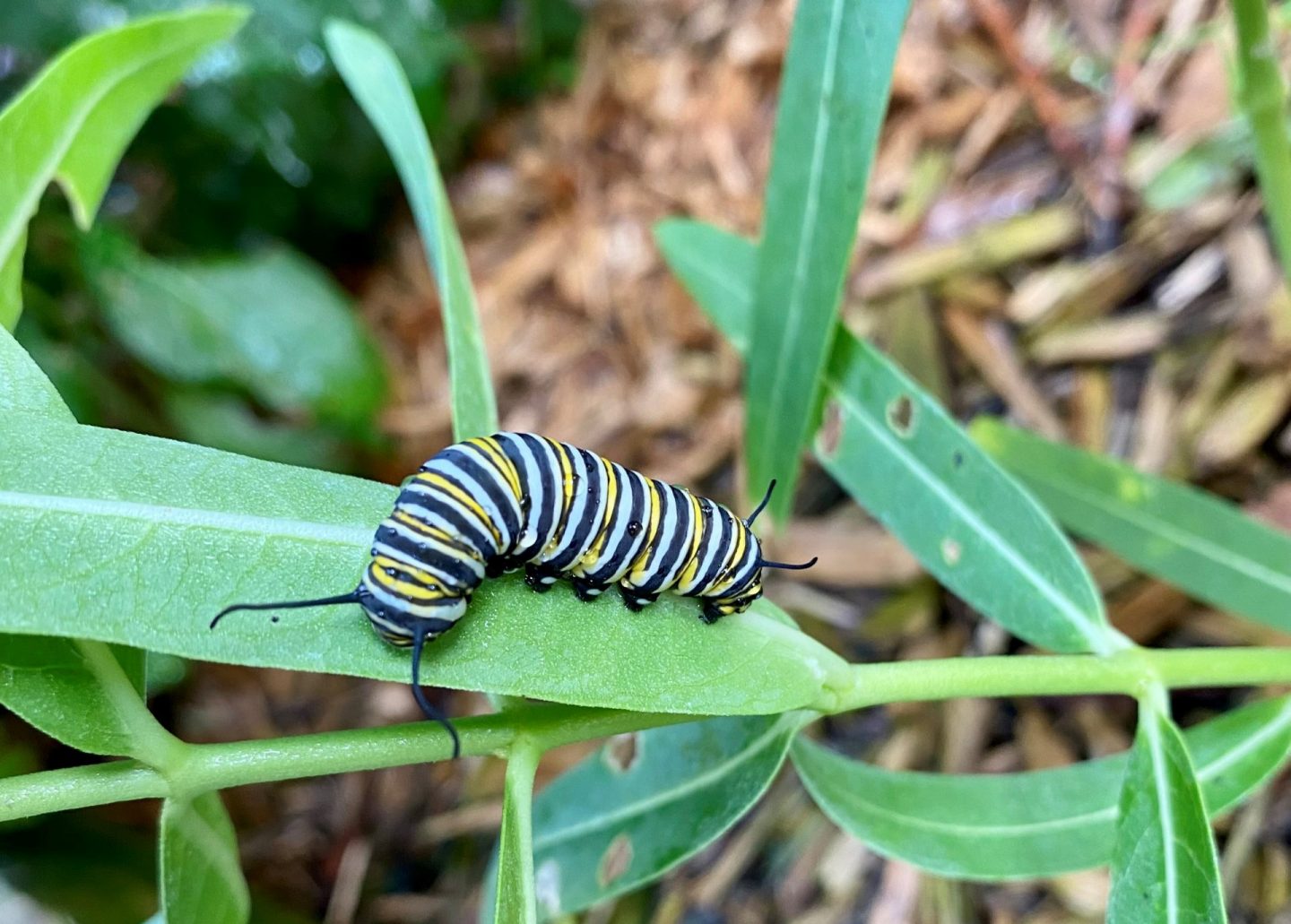
Tips for Your Urban Wildlife Safari
Ready to explore? Here are a few ways to get started:
- Time it right. Early morning and just after sunset are peak wildlife viewing times.
- Slow down and look low. Wildlife often stays close to the ground or hides in cover. Take your time.
- Use all your senses. Sometimes you’ll hear an animal before you see it — listen for bird calls, rustling or the splash of a frog.
- Keep a journal or sketchbook. Jot down what you see, when and where. Over time, you’ll start to notice patterns.
- Bring kids along. No one notices bugs, birds or burrows quite like a curious 5-year-old.
- Respect their space. Observe from a distance, don’t feed wildlife, and never try to touch or capture animals.
And maybe most importantly: Be okay with not seeing something “exciting.” Urban safaris are just as much about noticing everyday wildlife as they are about spotting something unusual.
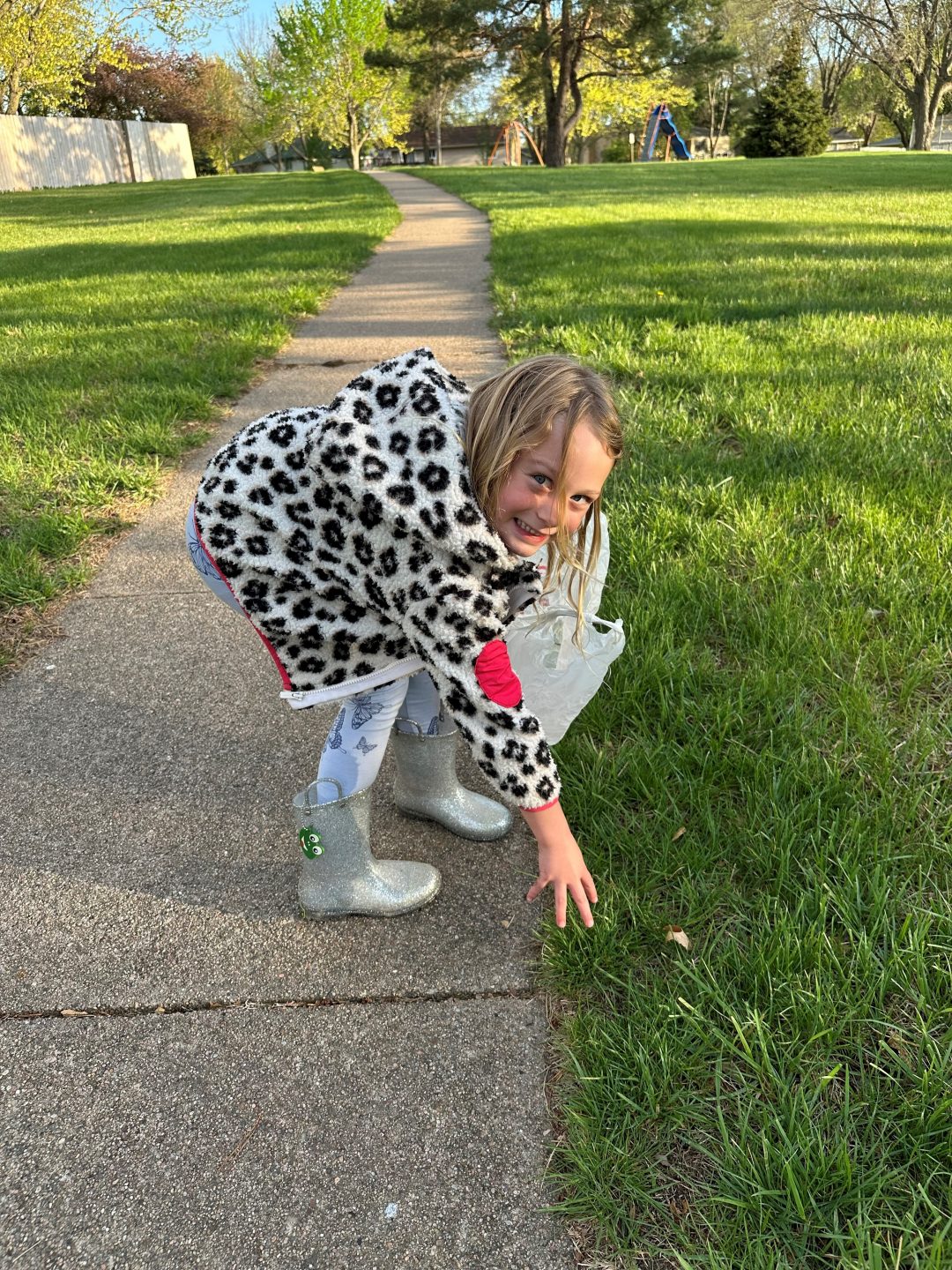
Building a More Wildlife-Friendly City
If you want to encourage even more wildlife in your corner of Nebraska, it doesn’t take much. Plant native flowers. Leave a brush pile. Add a bird bath. Avoid pesticides. These small actions, multiplied by neighborhoods and communities, help create a connected web of habitat that supports everything from birds and butterflies to bats and badgers. Yes — even badgers, which have been spotted near urban edges, especially in cities bordering native prairie and farmland.
We tend to think of cities as places that push nature out. But the truth is, wildlife is still here. It’s behind the school, under the porch, perched above the streetlamp. It’s adapting, surviving and often thriving right alongside us. So next time you head outside — whether it’s to take out the trash, walk your dog or enjoy a cup of coffee on the porch — take a moment to look around.
What do you hear? What moves? What shares your space? You might discover you’ve been living on the edge of a safari all along.
